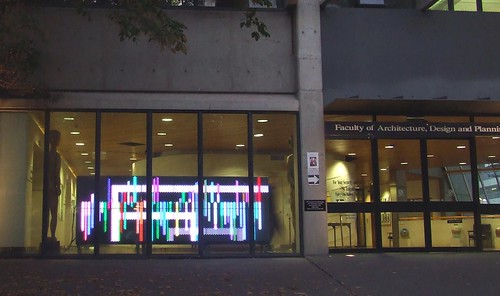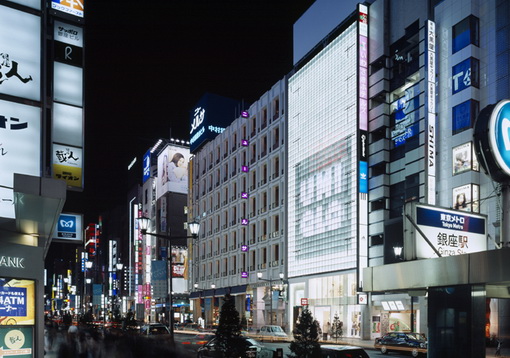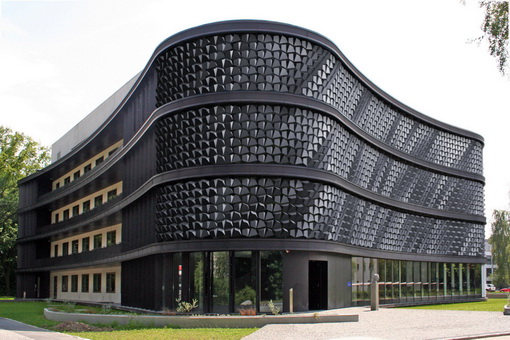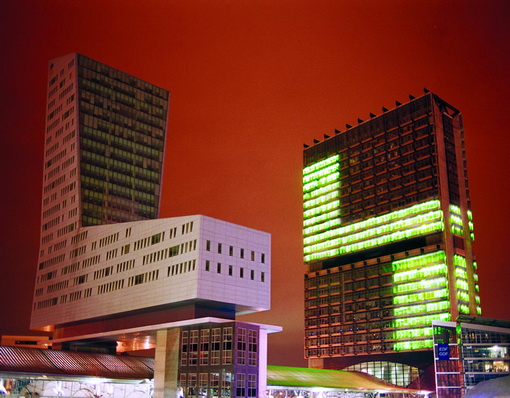The Faculty of Architecture, Design and Planing at The University of Sydney has recently installed a SmartSlab LED screen inside the window display facing the yard in front of the faculty building.

SmartSlab has attracted quite some attention since it was introduced a few years ago by b consultants ltd, an architectural consultancy run by Tom Barker. It is specifically unique due to its resistant structure and modular approach: the screen is shipped in 600 x 600mm tiles that can be built up into large arrays of any size. The steel and polycarbonate structure allows it to be even used as flooring or curtain walls in buildings.
(more…)

